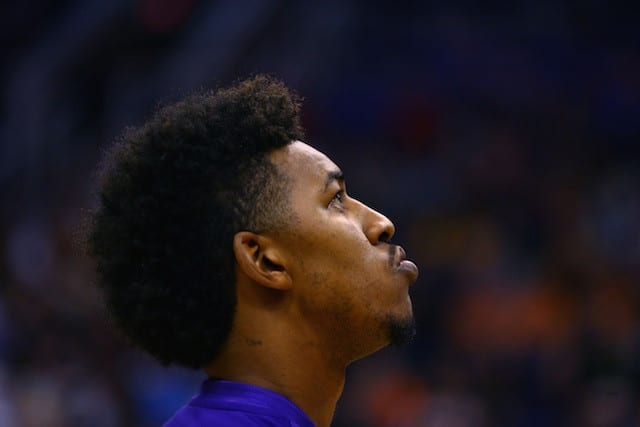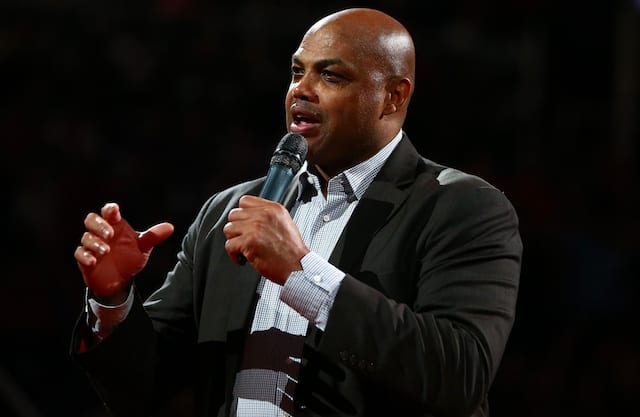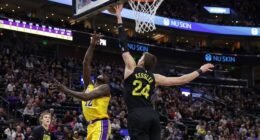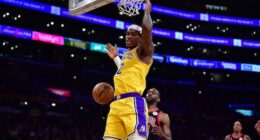Let’s take a quick break from the constant Dwight Howard speculation in order to examine a few facts and numbers we don’t have to hypothetically imagine. It goes without saying, the 2011-12 Los Angeles Lakers had a talented, but severly flawed and imbalanced roster. Quite frankly, there were stretches where they simply couldn’t shoot the ball well enough to be
The point is, the point guard, was the most glaring weakness with a team chock-full of issues. Not only were the Lakers (PG’s) unable to defend the opposition or provide offensive relief by simply being able to score, but their inability to consistently create/generate offense for the rest of the team was actually the greatest indictment of last year’s squad. There’s been plenty of talk about how much of a positive impact the addition of Steve Nash will have upon Pau Gasol, which is definitely true, but let’s not forget about the rest of the team.
*Percentages from the 2011-12 Season * Phoenix Suns 2011-12
Metta World Peace: 29 percent 3ptrs Jared Dudley: 38 percent 3ptrs
Derek Fisher & Steve Blake: 33 percent 3ptrs Channing Frye: 35 percent 3ptrs
Ramon Sessions: 16 percent 3ptrs (post-season) Steve Nash: 39 percent 3ptrs
Kobe Bryant: 30 percent 3ptrs Shannon Brown: 36 percent 3ptrs
Conventional wisdom would tell us the addition of Nash should have, at the very least, a (significant) positive impact upon all of those figures. MWP was (admittedly) out of shape at the start of the season and oft-injured, so his career-low numbers were skewed even further toward the negative. Once fully healthy, the added mobility/agility increased his percentages to respectable levels. It isn’t beyond the realm of imagination to figure the ability to simply catch-and-shoot in full rhythm and in the perfect spot will lead to even more efficiency on the offensive end.
Bryant’s three-point field goal attempts have gone from 4.1 (per game), to 4.3 to 4.9 over the last three seasons. Unfortunately, over that same stretch, his percentage has gone in the opposite direction (33, 32, 20). His turnovers per game (3.5) were his highest average since the 2004-05 season, where he averaged 4.1 per game. None of this is intended as a direct knock against Bryant, rather it is merely highlighting just how much is asked of him. After 16 years in the league, being the main scoring option, sole shot-creator, and only play-maker is a ludicrous expectation. Contrary to some of the naysayers that question Bryant’s ability to acquiesce to playing with a traditional point guard, I expect Bryant to absolutely flourish in his role. In fact, I’m willing to go out on a limb (barring injury) and predict a shooting year closer to the 46.7 percent he shot during the 2008-2009 season.
It was referenced earlier, but the fact that Nash is a career 40-plus percent shooter from beyond the arc will only mean teams can no longer completely ignore the position. That not only clears the lane for Bynum and Pau to operate, but it also permits Bryant/MWP to operate off the ball with more freedom. Essentially, a true case of “pick your poison.” After the nearly unwatchable offensive display of 2011-12, did you ever think we’d be able to say that so quickly?





